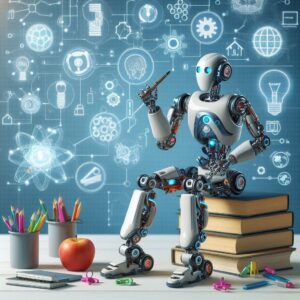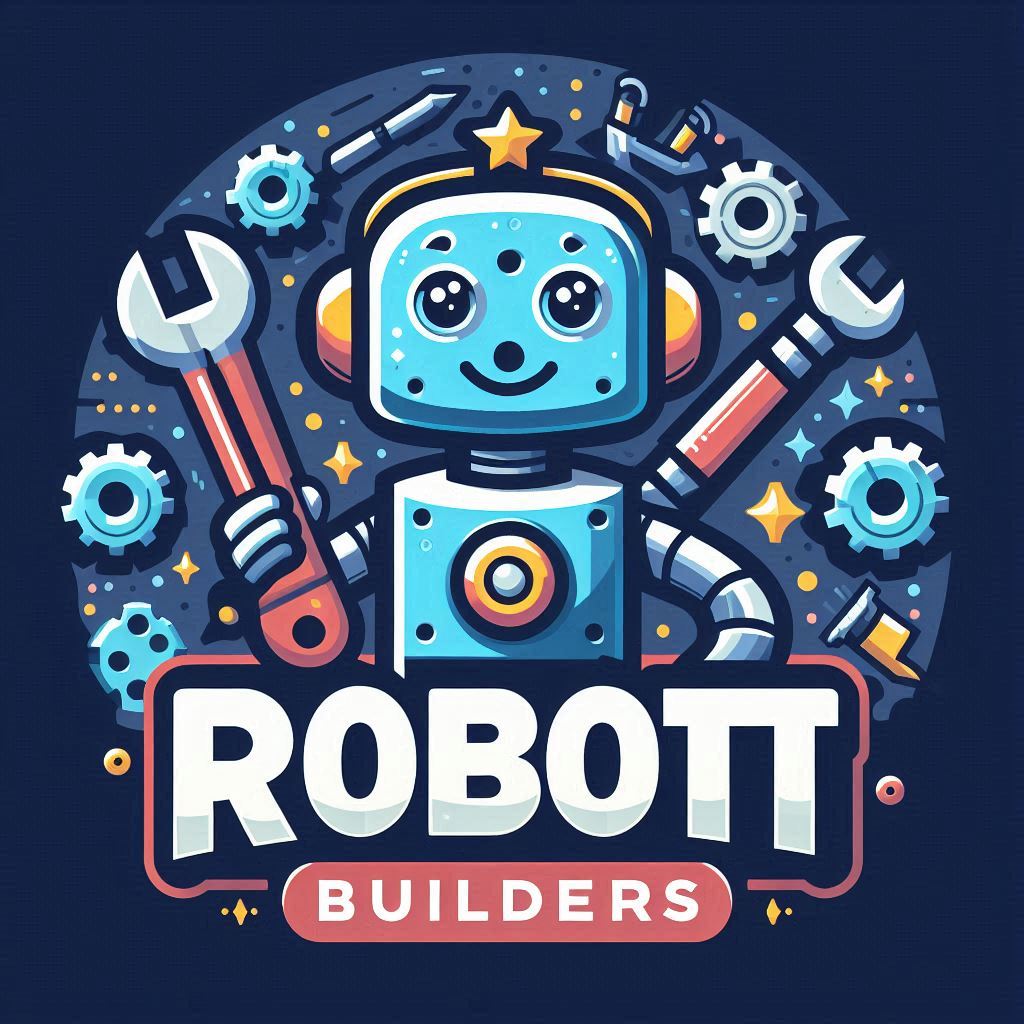Robotics has emerged as a transformative force in the field of education, especially in STEM (Science, Technology, Engineering, and Mathematics) learning. By introducing students to hands-on, interactive learning experiences, robotics is fostering innovation, critical thinking, and problem-solving skills in classrooms worldwide.
In this article, we’ll explore how robotics is revolutionizing education and shaping the future of STEM.

Introduction: The Rise of Robotics in Education
Gone are the days of passive learning. Robotics is reshaping traditional teaching methods, making education more engaging and effective. From coding and engineering to teamwork and creativity, robotics programs are equipping students with the skills they need to thrive in the 21st century.
Let’s dive into the key ways robotics is impacting STEM education.
1. Encouraging Hands-On Learning
Engagement Through Experimentation
Robotics introduces students to practical, hands-on activities that make abstract STEM concepts more tangible. By building and programming robots, students can directly apply theoretical knowledge in real-world scenarios.
- Example: Learning about physics becomes exciting when students design a robot that climbs stairs or balances on wheels.
2. Building Critical Skills for the Future
Problem-Solving and Critical Thinking
Robotics challenges students to think analytically and solve complex problems, key skills for careers in STEM.
- Example: Debugging a robot’s code teaches persistence and logical reasoning.
Teamwork and Collaboration
Many robotics projects involve group work, helping students develop communication and teamwork skills.
- Example: Working in a team to design and compete with a robot in a school challenge.
3. Making STEM More Accessible
Bridging Gender and Cultural Gaps
Robotics programs are helping to break down stereotypes, encouraging participation from underrepresented groups in STEM fields.
- Example: Robotics clubs designed to inspire girls to explore technology careers.
Early Introduction to Technology
By integrating robotics into K-12 education, schools are introducing young learners to technology early, sparking lifelong interest in STEM.
4. Preparing Students for the Workforce
Learning Cutting-Edge Technologies
Robotics exposes students to advanced technologies like AI, machine learning, and IoT, preparing them for future careers.
- Example: Programming robots to recognize objects using AI tools.
Career Readiness
Robotics programs often mirror real-world applications, giving students a competitive edge in the job market.
- Example: Students building robots that simulate industrial automation processes.
5. Inspiring Innovation and Creativity
Design and Customization
Robotics encourages students to think creatively, designing unique robots tailored to specific tasks or challenges.
- Example: Creating a robot that can sort recyclable materials, combining engineering with environmental awareness.
Conclusion
Robotics is revolutionizing education by making STEM subjects more engaging, accessible, and practical. By equipping students with essential skills like critical thinking, teamwork, and technological expertise, robotics programs are preparing the next generation for a future driven by innovation. As schools continue to adopt robotics in their curriculum, the impact on education and STEM learning will only grow.
